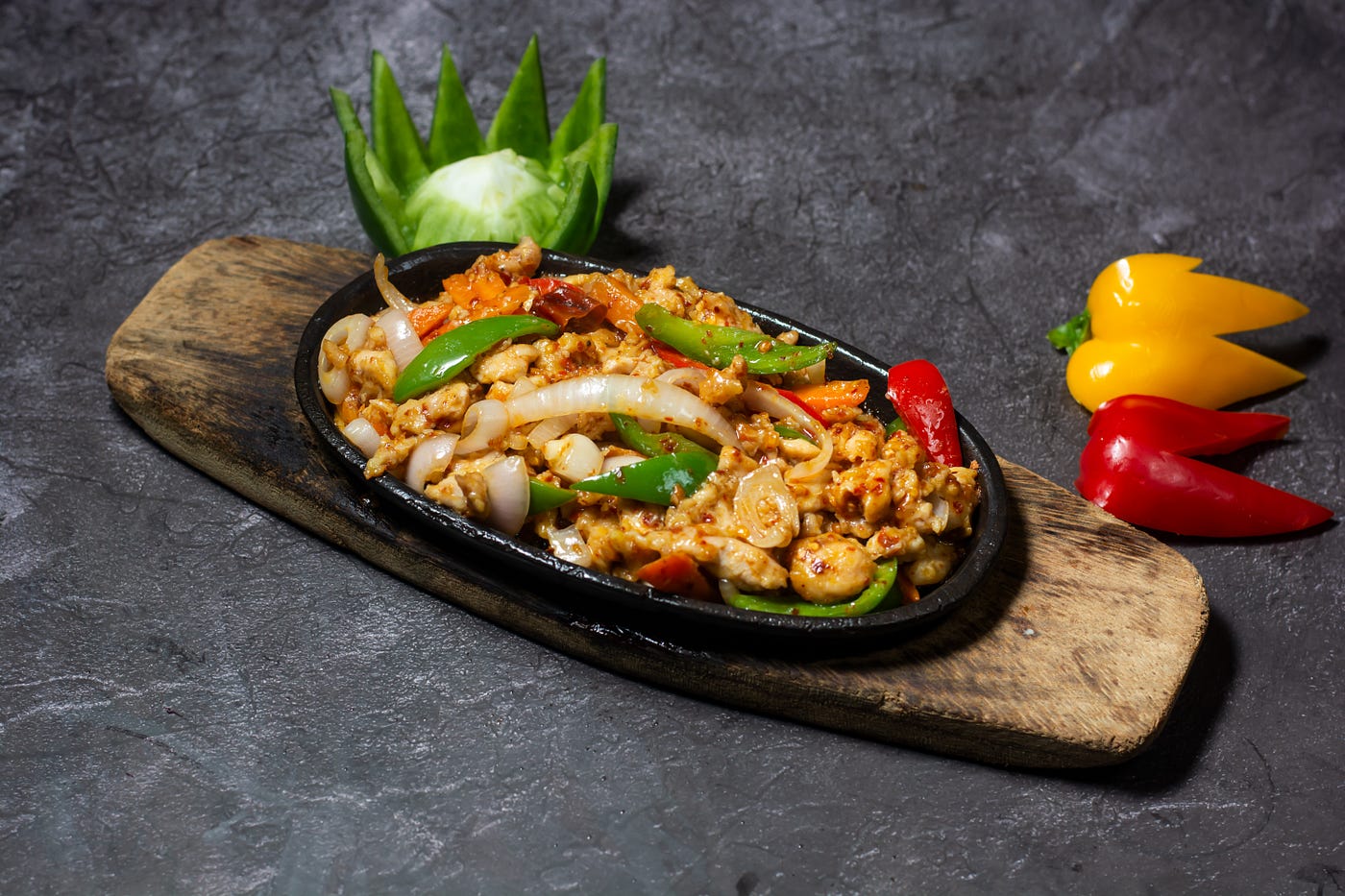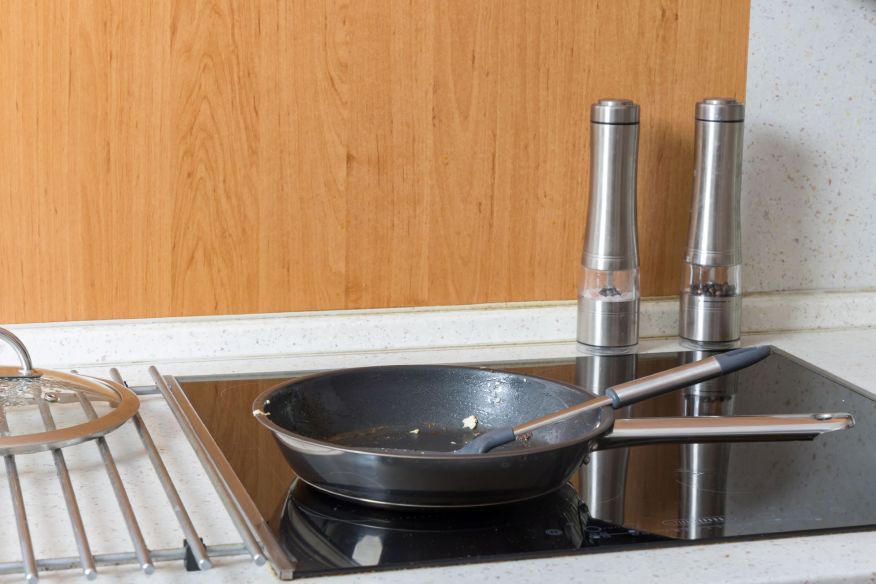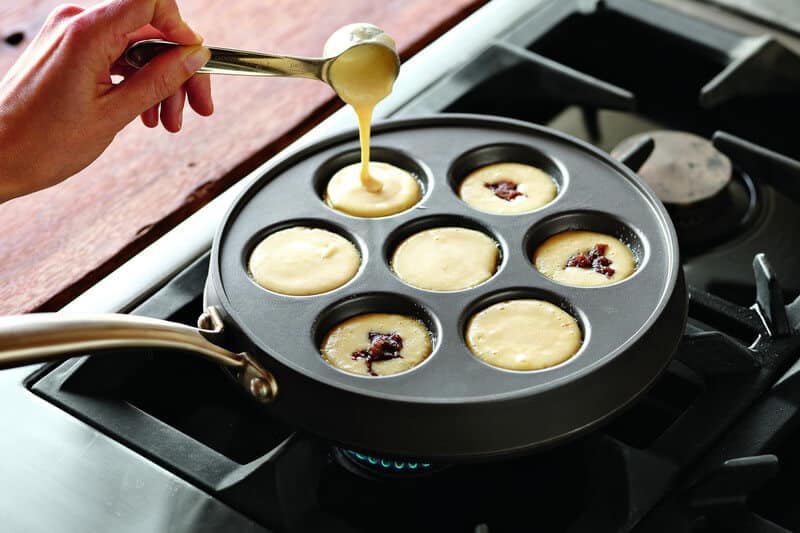In the bustling world of culinary arts, the allure of a perfectly prepared sizzling plate is undeniable. However, the challenge of preventing burning on these hot surfaces can be daunting. Knowing how to stop burning on sizzling plates is crucial for kitchen professionals aiming to deliver exquisite dishes without compromising quality.

Understanding Sizzling Plates
Before delving into the techniques to prevent burning, it's essential to understand what sizzling plates are. These are heavy, often cast iron, platters designed to retain heat. They are widely used in restaurants to serve dishes that require a presentation of sizzling sounds and aromas. However, the high heat that makes them appealing can also lead to burning if not managed properly.
Why Do Sizzling Plates Burn Food?
The primary reason for burning on sizzling plates is excessive heat combined with inadequate lubrication. When the plate is too hot or lacks sufficient oil, food sticks and burns. Additionally, using the wrong type of oil can exacerbate this problem. You can learn more about the best oils to use on sizzling platters to minimize burning.
Techniques to Prevent Burning
Preheating the Plate Correctly
Preheating is a critical step. Ensure that the sizzling plate is heated evenly to prevent hot spots that can cause burning. You can explore how long to effectively preheat a sizzling plate here.
Choosing the Right Oil
Using oils with a high smoke point can significantly reduce the risk of burning. Oils like avocado or grapeseed are excellent choices. Ensure the plate is well-coated with oil before placing food on it.
Managing Heat Levels
Adjusting the heat is crucial. Start with high heat to sear the food and then reduce the temperature to cook it through. This method helps in avoiding the burned taste while ensuring the food is cooked properly.
Timing and Placement
Be mindful of the timing and placement of ingredients. Dense or slow-cooking items should be placed on the plate first, followed by quicker-cooking items. This ensures everything is cooked evenly and reduces the risk of burning.
Common Mistakes to Avoid
One of the common mistakes is overcrowding the sizzling plate, which can lead to steaming instead of searing. This not only affects the texture but can also contribute to burning. Learn more about making sizzling dishes without smoke.
Using Inappropriate Utensils
Using metal utensils can scratch and damage the surface of the sizzling plates, leading to uneven cooking and increased chances of burning. Opt for wooden or silicone utensils to maintain the integrity of the plate.
Ignoring Residue Build-Up
Ensure that the sizzling plate is cleaned thoroughly after each use to prevent residue build-up, which can cause burning and affect the flavor of future dishes.
Practical Tips for Kitchen Professionals
For kitchen professionals, maintaining high standards is imperative. Regularly check the condition of your sizzling plates. If the surface is worn out, consider replacing it. You can explore different types of sizzling platters here.
Experiment with Recipes
Experimenting with different recipes and techniques can also help in mastering the art of using sizzling plates effectively. Check out some best sizzling platter recipes to inspire your culinary creations.
Conclusion
Understanding how to stop burning on sizzling plates is an essential skill for any kitchen professional. By following the techniques mentioned above, you can ensure that your dishes are not only visually appealing but also taste exquisite. Remember, the key lies in managing heat, choosing the right oil, and understanding the nuances of timing and placement.

FAQ
How can I clean a burnt sizzling plate?
Cleaning a burnt sizzling plate involves soaking it in warm soapy water, gently scrubbing with a non-abrasive pad, and thoroughly drying it to prevent rust.
What types of dishes are best suited for sizzling plates?
Dishes that benefit from a seared outer layer and that can be served hot, such as steaks, fajitas, and mixed grills, are best suited for sizzling plates.
Can I use butter on a sizzling plate?
While butter adds flavor, it has a low smoke point and can burn easily. Its advisable to use it in combination with oils that have a higher smoke point.
This article contains affiliate links. We may earn a commission at no extra cost to you.






Leave a comment
This site is protected by hCaptcha and the hCaptcha Privacy Policy and Terms of Service apply.